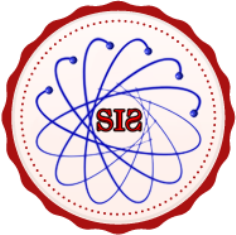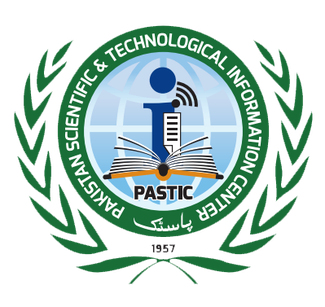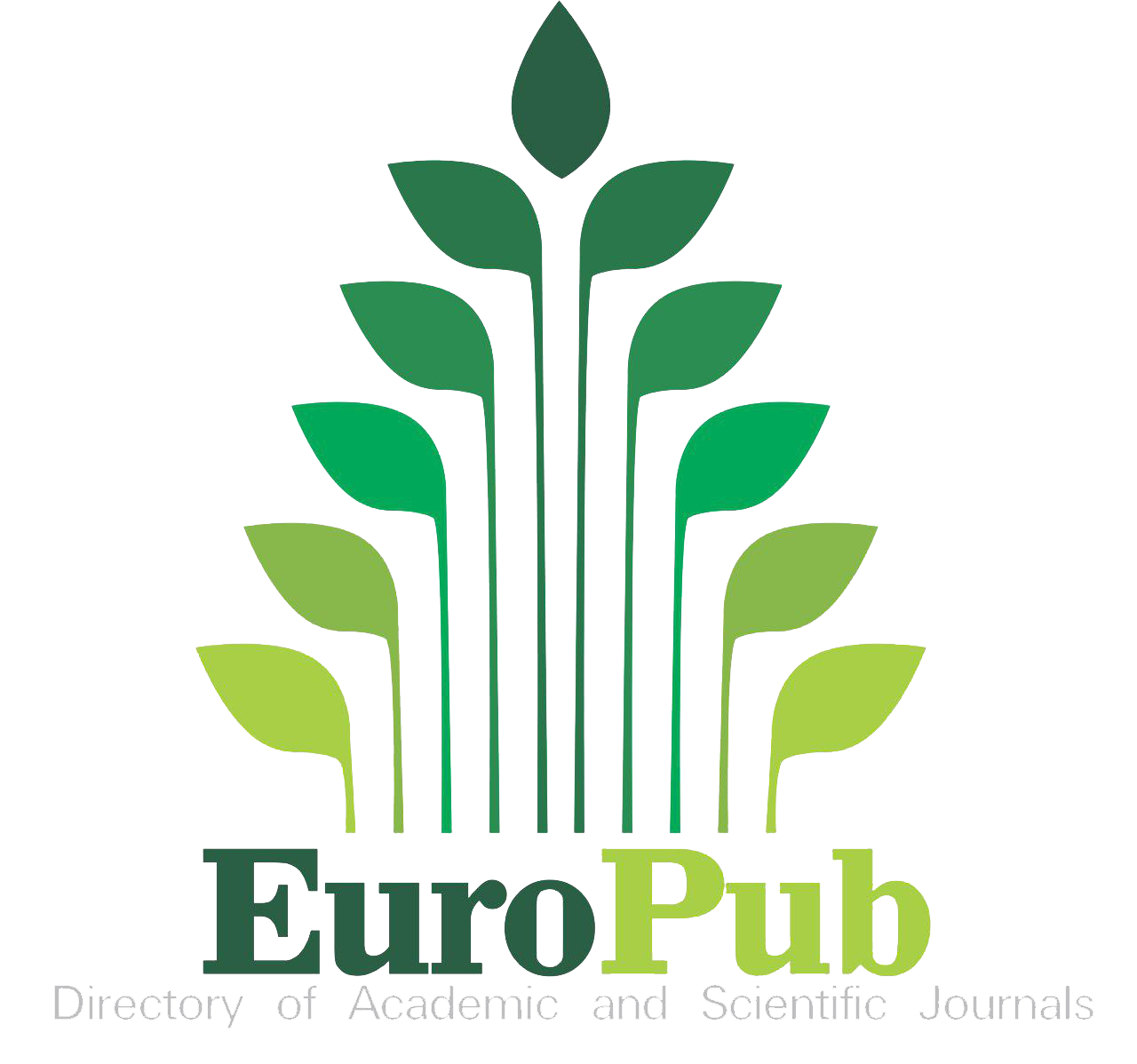Comparative Analysis of Different Feeding Techniques and Different Substrates on the Performance of 5G Micro-strip Patch Antenna
Keywords:
5G, Microstrip Patch Antenna, Millimeter Wave, Substrate Material, Feeding TechniqueAbstract
Wireless communication is evolving rapidly to meet growing demands for higher data rates and seamless connectivity, especially with the rise of the Internet of Things (IoT). Among the latest advancements, 5G technology stands out by enabling ultra-fast data transmission, high capacity, and efficient spectrum utilization through millimeter-wave frequencies. This study presents a comparative analysis of six Microstrip Patch Antennas (MPAs) designed for 5G applications, addressing the challenge of limited space and increasing performance demands. The novelty of this work lies in the evaluation of how substrate materials and feeding techniques influence MPA performance, providing insights not thoroughly addressed in prior research. The antennas were designed using three substrates1: FR-4 (εr = 4.4), 2-Rogers RT5880 (εr = 2.2), and 3- Taconic RF-35TC (εr = 3.5)—and two feeding techniques: Microstrip line feed and coaxial probe feed. All antennas were tuned to resonate at 38 GHz, suitable for 5G millimeter-wave applications. Feeding technique also significantly affects impedance matching and Gain. It is found out that using Roggers RT Duroid 5880 substrate with Microstrip feedline technique provides the highest gain whereas the largest bandwidth is achieved using coaxial feed with FR4 substrate. A quarter-wave transformer was additionally implemented for optimal impedance matching between the source and antenna. The findings guide substrate and feed selection in compact 5G antenna designs.
References
K. Bangash, M. M. Ali, H. Maab, and H. Ahmed, “Design of a Millimeter Wave Microstrip Patch Antenna and Its Array for 5G Applications,” 1st Int. Conf. Electr. Commun. Comput. Eng. ICECCE 2019, Jul. 2019, doi: 10.1109/ICECCE47252.2019.8940807.
K. Bangash, M. M. Ali, H. Maab, and R. A. Shaukat, “Effect of embedding H-Shaped slot on the characteristics of millimeter wave microstrip patch antenna for 5G applications,” 2019 2nd Int. Conf. Comput. Math. Eng. Technol. iCoMET 2019, Mar. 2019, doi: 10.1109/ICOMET.2019.8673439.
G. Kaur and S. Goyal, “To Study the Effect of Substrate Material for Microstrip Patch Antenna,” Int. J. Eng. Trends Technol., vol. 36, no. 9, pp. 490–493, May 2016, doi: 10.14445/22315381/IJETT-V36P289.
S. Verma, L. Mahajan, R. Kumar, H. S. Saini, and N. Kumar, “A small microstrip patch antenna for future 5G applications,” 2016 5th Int. Conf. Reliab. Infocom Technol. Optim. ICRITO 2016 Trends Futur. Dir., pp. 460–463, Dec. 2016, doi: 10.1109/ICRITO.2016.7784999.
I. Rexiline Sheeba and T. Jayanthy, “Analysis and implementation of flexible microstrip antenna of soft substrates with different feeding techniques for ISM band,” 2019 IEEE Int. Conf. Syst. Comput. Autom. Networking, ICSCAN 2019, Mar. 2019, doi: 10.1109/ICSCAN.2019.8878819.
A. Iqbal et al., “Comparative study of micro strip patch antenna for X band using micro strip line feed and coaxial feed,” 2018 Int. Conf. Eng. Emerg. Technol. ICEET 2018, vol. 2018-January, pp. 1–6, Apr. 2018, doi: 10.1109/ICEET1.2018.8338624.
M. S. Ibrahim, “Dual-band microstrip antenna for the fifth generation indoor/outdoor wireless applications,” 2018 Int. Appl. Comput. Electromagn. Soc. Symp. Denver, ACES-Denver 2018, May 2018, doi: 10.23919/ROPACES.2018.8364097.
M. V. Mokal, P. S. R. Gagare, and D. R. P. Labade, “Analysis of Micro strip patch Antenna Using Coaxial feed and Micro strip line feed for Wireless Application,” IOSR J. Electron. Commun. Eng., vol. 12, no. 03, pp. 36–41, Jun. 2017, doi: 10.9790/2834-1203033641.
D. Imran et al., “Millimeter wave microstrip patch antenna for 5G mobile communication,” 2018 Int. Conf. Eng. Emerg. Technol. ICEET 2018, vol. 2018-January, pp. 1–6, Apr. 2018, doi: 10.1109/ICEET1.2018.8338623.
L. Chandra Paul and N. Sultan, “DESIGN, SIMULATION AND PERFORMANCE ANALYSIS OF A LINE FEED RECTANGULAR MICRO-STRIP PATCH ANTENNA,” Int. J. Eng. Sci. Emerg. Technol., vol. 4, no. 2, pp. 117–126, 2013.
V. Prakasam, K. R. Anudeep Laxmikanth, and P. Srinivasu, “Design and Simulation of Circular Microstrip Patch Antenna with Line Feed Wireless Communication Application,” Proc. Int. Conf. Intell. Comput. Control Syst. ICICCS 2020, pp. 279–284, May 2020, doi: 10.1109/ICICCS48265.2020.9121162.

Downloads
Published
How to Cite
Issue
Section
License
Copyright (c) 2025 50sea

This work is licensed under a Creative Commons Attribution 4.0 International License.




















